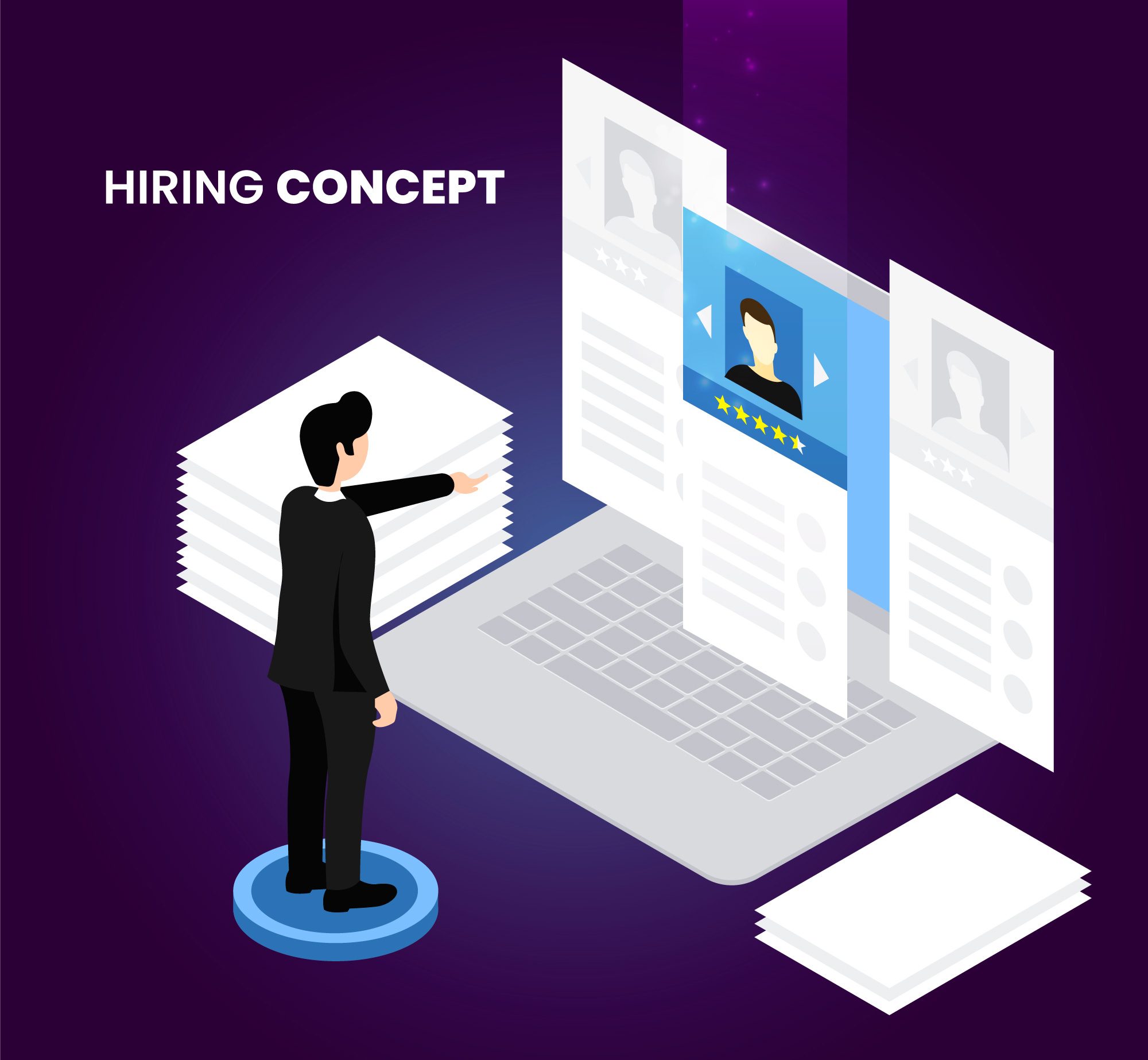The future of IT hiring is rapidly evolving, driven by emerging trends and technologies that are reshaping the way companies attract, evaluate, and onboard tech talent. As the demand for skilled IT professionals continues to grow, staying ahead of these trends is crucial for organizations seeking to remain competitive in the digital age. In this blog, we’ll explore the key trends and technologies shaping the future of IT hiring.
1. The Rise of AI and Automation in IT Hiring
One of the most significant trends influencing the future of IT hiring is the rise of AI and automation. From resume screening to candidate matching, AI-powered tools are streamlining the recruitment process by automating repetitive tasks and providing data-driven insights. These technologies help recruiters identify the best candidates more efficiently, reducing time-to-hire and improving the overall quality of hires. As AI continues to advance, we can expect even more sophisticated tools that can predict candidate success and enhance decision-making in the hiring process.
2. Embracing Remote and Hybrid Work Models
The shift towards remote and hybrid work models is another key trend shaping the future of IT hiring. The COVID-19 pandemic has accelerated the adoption of flexible work arrangements. Many companies have realized the benefits of accessing a global talent pool. As a result, IT recruitment strategies are increasingly focusing on finding candidates who can work effectively in remote or hybrid environments. This shift also requires HR teams to adapt their hiring processes, including virtual interviews and onboarding, to accommodate the needs of a distributed workforce.
3. Focus on Diversity, Equity, and Inclusion (DEI)
Diversity, equity, and inclusion (DEI) have become central to the future of IT hiring. Companies are recognizing that diverse teams drive innovation and better business outcomes. To attract a broader range of candidates, organizations are implementing DEI initiatives. Such as blind recruitment, diverse interview panels, and inclusive job descriptions. Additionally, there is a growing emphasis on creating inclusive workplace cultures that support and retain diverse talent. As DEI continues to gain importance, it will be a critical factor in shaping IT hiring practices.
4. Leveraging Data Analytics for Talent Acquisition
Data analytics is playing an increasingly important role in the future of IT hiring. Recruiters are using data to gain insights into candidate behavior, optimize sourcing strategies, and track the effectiveness of their recruitment campaigns. Predictive analytics, in particular, is helping companies identify candidates who are likely to succeed in specific roles based on historical data. By leveraging data, organizations can make more informed decisions, reduce bias in the hiring process, and improve the overall efficiency of their talent acquisition efforts.
5. Upskilling and Reskilling as a Hiring Strategy
As the IT landscape continues to evolve, the demand for new skills is outpacing the availability of qualified candidates. To address this challenge, companies are increasingly focusing on upskilling and reskilling existing employees as part of their hiring strategy. By investing in training and development programs, organizations can bridge the skills gap and create a pipeline of talent ready to take on new roles. This approach not only helps meet immediate hiring needs but also ensures long-term workforce sustainability.
Conclusion
The future of IT hiring is being shaped by emerging trends and technologies that are transforming the recruitment landscape. From AI and automation to remote work and DEI initiatives, these changes are driving more efficient, inclusive, and data-driven hiring practices. By staying ahead of these trends, organizations can attract and retain top IT talent, ensuring their continued success in a rapidly changing industry. For more insights on the future of IT recruitment, visit Bedots.
Read more: Addressing Bias and Discrimination in IT Recruitment Processes



